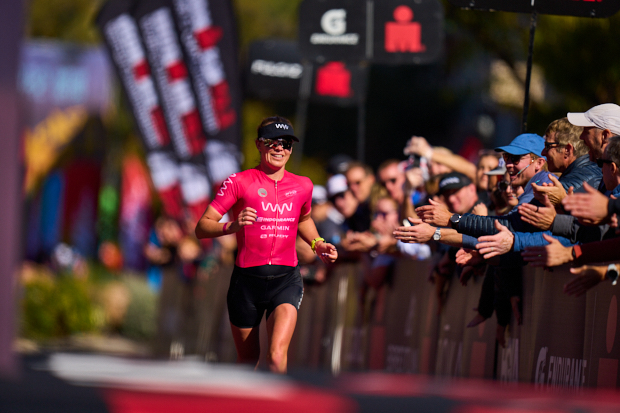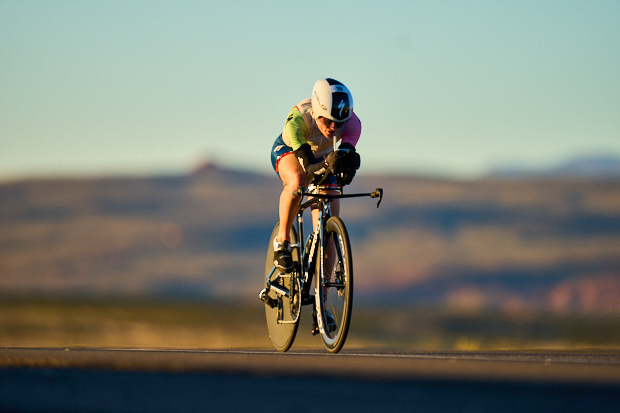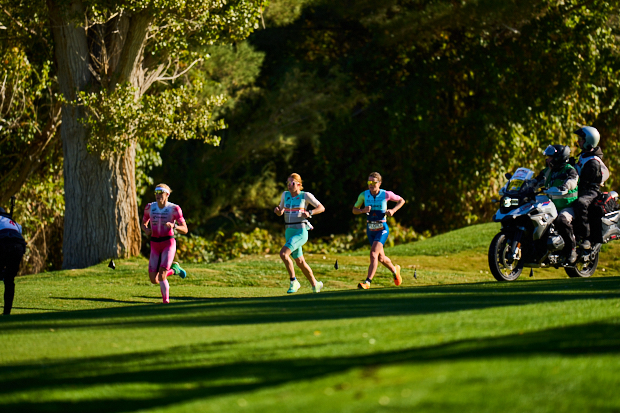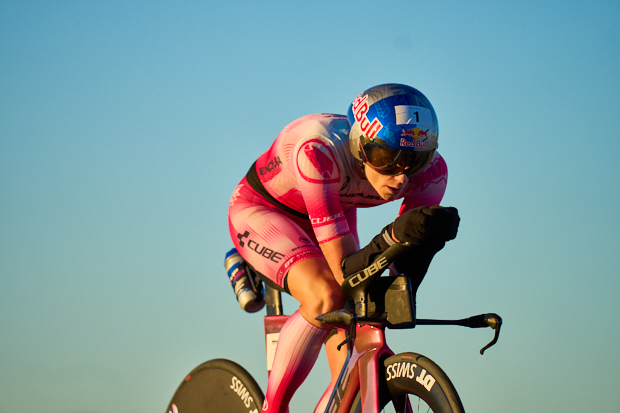The Importance of Two Day IM World Championships

The 70.3 World Championship in St. George was the 3rd time we’ve now had a Women’s-only IRONMAN branded championship race. This author has been lucky to play part as both a participant and now as an observer. There are many things that are special about a split-gender race format. Most notably though, is the energy. So many of the women who can make it to a world championship are absolute boss ladies in their lives. They are mothers, wives, full-time workers, friends, and community advocates who somehow squeeze in a training load that allows them the privilege to race on one of triathlon-world’s biggest stages. But despite this display of strength, fortitude, and often to others – intimidation these women project, the race morning atmosphere brings a sense of calmness, support, and joy. What is so unique about a women’s-only race is the sense of compassion and gratitude that feels like a tenderness you can cut with a fork.

As the professional race began, there were two notable aspects that played into how the race transpired.
Often the year following an Olympic year, we see athletes known for being draft-legal specialists step up and race the 70.3 distance. For many draft legal specialists, training for a 70.3 won’t have a major effect on volume and training load, the change in the specificity of training required to master 70.3 racing can negatively impact their ability to stay sharp for the demands of the ITU. In addition, TT bikes are not legal in ITU racing, so the athletes must spend time training on both bikes to prepare.

Most significantly in the women’s 70.3 race, draft-legal athletes Taylor Knibb and Flora Duffy proved they were worthy contenders amongst some of the best long course athletes in the world, placing 1st and 5th respectively. We also see many athletes who have moved on from ITU racing after very successful draft-legal careers: Paula Findley, who placed 2nd on the day was the number 1 ranking athlete on the ITU circuit in 2011, while athletes such as India Lee, Lotte Wilms (who nearly gave Lucy Charles-Barclay a run for first out of the water), and Emma Pallant-Browne all have significant ITU racing backgrounds. Not racing today but who would have been an interesting addition to the mix was Ashleigh Gentle, who wrapped up an undefeated first long course season following her very successful draft-legal career. Likely with her success this year at the distance, we would expect to see more of her in the years to come.

Because of the breadth of former and current draft-legal athletes, we saw something new on the run portion of the World Championship race. Very rarely do we see women form packs in long course racing. It’s typically an every-woman-for-herself race where passes are definitive and group dynamics were a thing for the bike. For most of the run, a group that consisted of Paula Findley, Flora Duffy, and Lucy Charles-Barclay formed in an effort to feed off each other’s energy and chase down a charging Taylor Knibb. Athletes such as Flora and Paula are no strangers to the group dynamics that are more common in draft legal racing and it’s likely they recognized this advantage and used it to conserve their mental energy on the run.

The second notable aspect to this year's race was the fact that it came just 3 weeks after the IRONMAN World Championship which was the latest date in the history of the race, October 28th. Out of the entire women’s field, Lucy Charles-Barclay and Kelly Fillnow were the only athletes who chose to compete at both events. On the men’s side, there are 7 men attempting to do both. Had these races been spaced further apart, it is very likely that we would have seen many more athletes on both sides trying to complete the double

This second aspect begs the questions as to whether IRONMAN should consider changing the timing of the 70.3 World Championship to an earlier date in the year, specifically spring. It would give true long-course athletes the ability to race both championships and recover in between. When 70.3 Worlds was first introduced, it was never viewed to be on the same level as Kona. However, with the growing ranks of 70.3 specialists in the professional field, 70.3 Worlds is now being viewed as a legitimate and noteworthy race. Not to mention at the time of writing this article, over 1800 women have finished the 70.3 Worlds race, whereas Kona had 1200 female finishers. The half distance is immensely popular amongst women.
Additionally, for most age group women in the fall, their kids are going back to school, work is at its busiest levels, and their bodies are toast from months and months of training while fighting feelings of burnout after a long season. It makes sense for IRONMAN to give both these races space apart from each other for the sake of the athletes and the growth of the organization.


Start the discussion at slowtwitch.northend.network